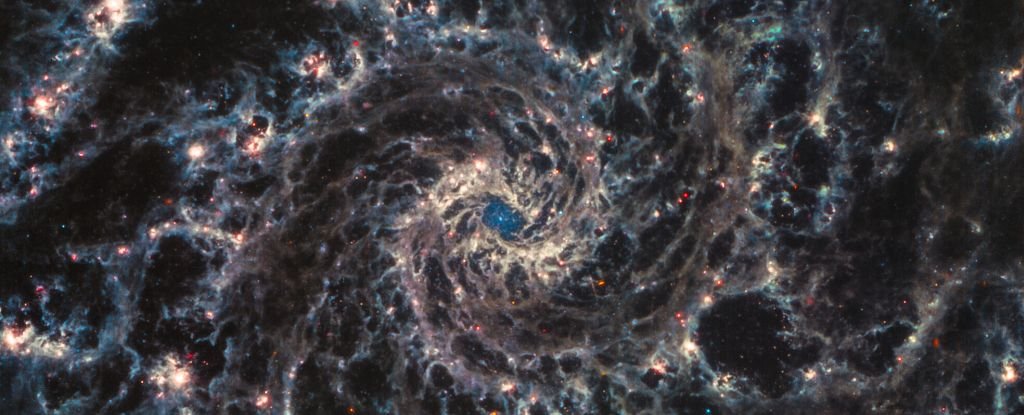Research led by the University of Tartu has revealed a potential link between industrial air pollution and localised snowfall. Observations using both satellite and ground-based radar indicate that industrial facilities across North America, Europe, and Asia may trigger local snowfall by causing ice to form in supercooled clouds. This phenomenon, observed near factories such as copper smelters and coal power plants, results from the release of aerosol particles that interact with clouds in specific atmospheric conditions. Dr V. Toll, an associate professor at the University of Tartu, highlighted the importance of cross-disciplinary research in identifying this process.
Aerosols and Snow Formation
Industries, especially those involved in cement production, metallurgy, and fossil fuel combustion, emit aerosols—tiny solid and liquid particles that significantly affect cloud properties. Aerosols have been shown to increase the number of cloud droplets, thereby brightening clouds and reducing solar radiation reaching the Earth’s surface. However, the new findings suggest that, in certain conditions, these particles also trigger the freezing of liquid cloud droplets, resulting in snowfall downwind from industrial sites. Weather radar images taken near industrial locations in Canada and Russia show unique plumes of snowfall, a discovery corroborated by satellite data indicating concurrent reductions in cloud cover.
Supercooling in Cloud Droplets
Cloud droplets can remain in liquid form at temperatures as low as -40 degrees Celsius in a process known as supercooling. Only when suitable particles, such as anthropogenic aerosols, are present can these droplets freeze at temperatures between zero and -40 degrees Celsius. Toll’s team suggests that aerosol emissions, combined with heat and water vapour from industrial facilities, are likely inducing ice formation within clouds, resulting in snowfall. While this phenomenon has been observed at specific sites, it is uncertain whether similar mechanisms affect cloud formation on larger scales.
Further Research Required
The study, published in Science, underscores the need for further investigation into the role of different aerosol types in ice nucleation processes. Future research will aim to understand whether these localised snowfall events have broader atmospheric impacts and to identify the types of aerosol emissions most effective in initiating ice formation in supercooled clouds.
For the latest tech news and reviews, follow Gadgets 360 on X, Facebook, WhatsApp, Threads and Google News. For the latest videos on gadgets and tech, subscribe to our YouTube channel. If you want to know everything about top influencers, follow our in-house Who’sThat360 on Instagram and YouTube.






